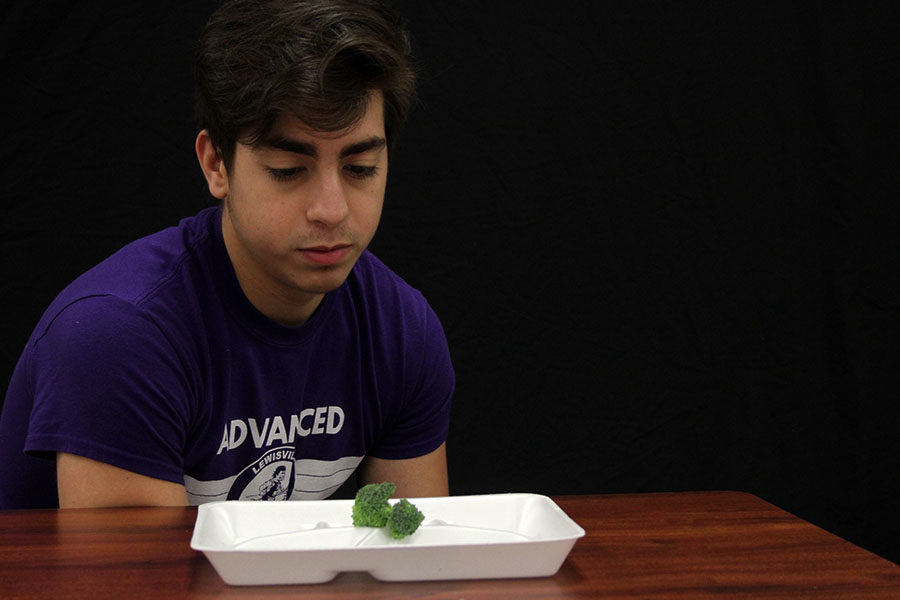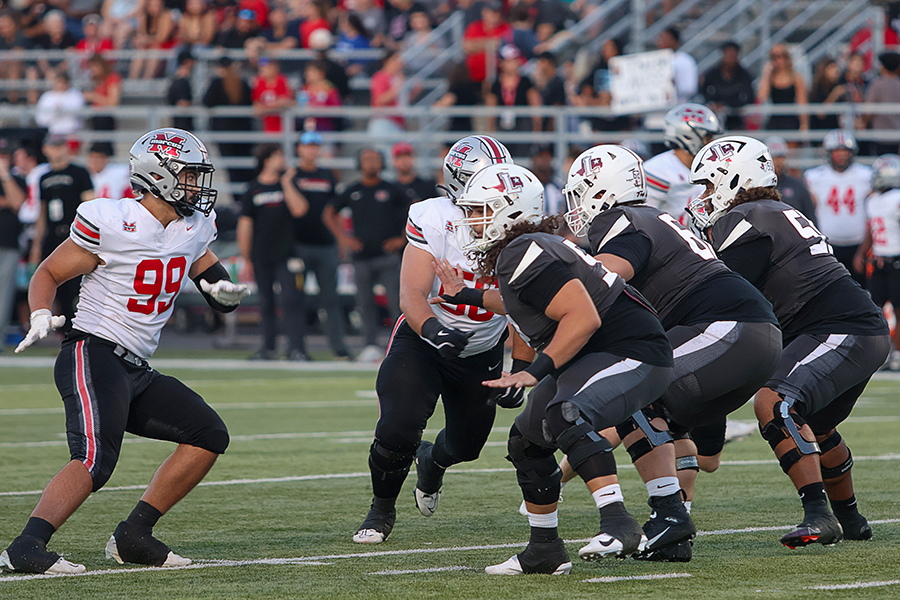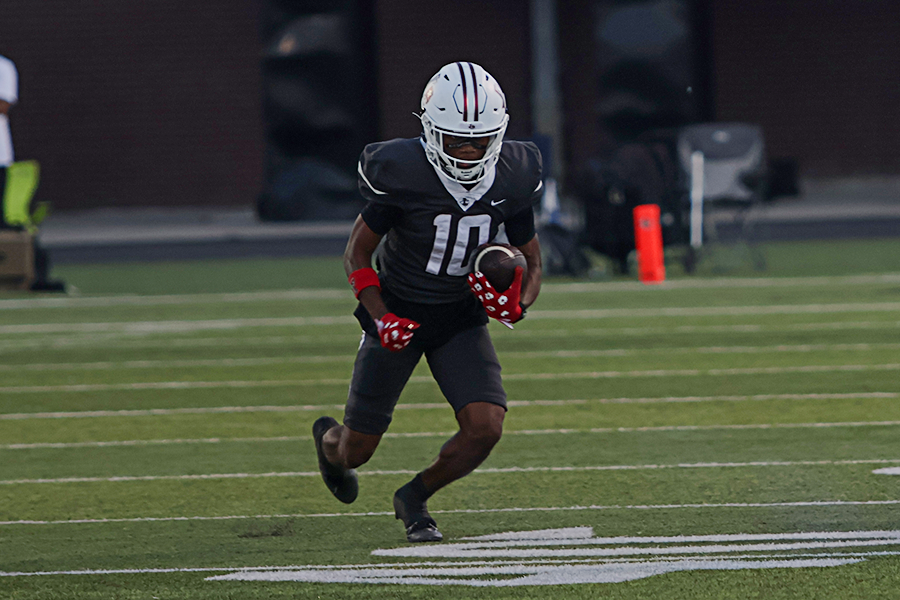Days without eating.
Early practices.
Exhausting workouts.
These are just some of the things that student athletes have to endure. However, these recurring strains can start to take a toll on their physical and mental health. The sports that these students play demand more endurance than some would think. When athletes take these requirements to the extreme, things can start to get a little dangerous.
For junior wrestler Miguel Macias, cutting weight is a critical component to his sport. In order to make a certain weight class to compete in his tournaments, Macias must exercise multiple times a day and cut out almost all food.
According to Vanderbilt University, more than 75 percent of youth wrestlers have practiced dehydration, cutting out water to reduce weight for competitions.
“Sometimes you really have to control what you eat and drink,” Macias said. “Practices are intense and sometimes I just really don’t want to go.”
Some of the dangers of dehydration induced weight loss include decreased muscle strength and endurance as well as a decrease in various body functions. While this habit of restricting diets to cut weight can be unhealthy and dangerous, Macias and his family find gratification in his determination and hard work.
“They think it’s good that I do stuff with sports and school and that I stay involved,” Macias said. “It’s pride and you get to do it for your team.”
Athletes often have to find time in their schedules to fit in practices and games, sacrificing their free time, social life and sleep. This sacrifice has become a normal routine for junior swimmer Alex Taylor.
“You have really early practices,” Taylor said. “If you don’t schedule your day right and don’t get enough sleep, that next day of practice is going to be rough.”
Jumping in the freezing water every morning is already tough on Taylor. Although being in cold water may be uncomfortable, it would be the least of the injuries that can be obtained from swimming, such as shoulder pain, being the most common with knee pain coming in second.
“Believe it or not you can get a many injuries from swimming,” Taylor said. “All the way from an ear infection to a torn ligament. People underestimate [swim] but the sport is really challenging.”
These sports also demand athletes to push their bodies to their limits. As workouts are usually intense and exhausting, “easy days” are rare in the athlete world. Practices and training can put lots of stress on an athlete’s body. Junior softball player Brooke Woelke has been familiar with this pain since the fifth grade.
“Just the other day, I pinched a nerve in my shoulder throwing,” Woelke said. “You have to work out almost every single day and that involves a lot injury sometimes and then when you do get an injury you have to go to training and practice involves icing, ice baths and a lot of Advil.”
Even with all the sacrifices these athletes have to make, they are willing to persevere if it means being able to spend time with their teammates.
“You could be on like the best team in the world but if you hate your teammates, you hate the game,” Woelke said. “It’s not the winning or the trophies, it’s the people you get to hang out with.”




!["I hope to become fond [of] and understand the new dynamic of a life where I don't really have boundaries set by another person, but rather more of a liberal freedom."](https://farhar.net/wp-content/uploads/2025/05/topten9.jpg)

















